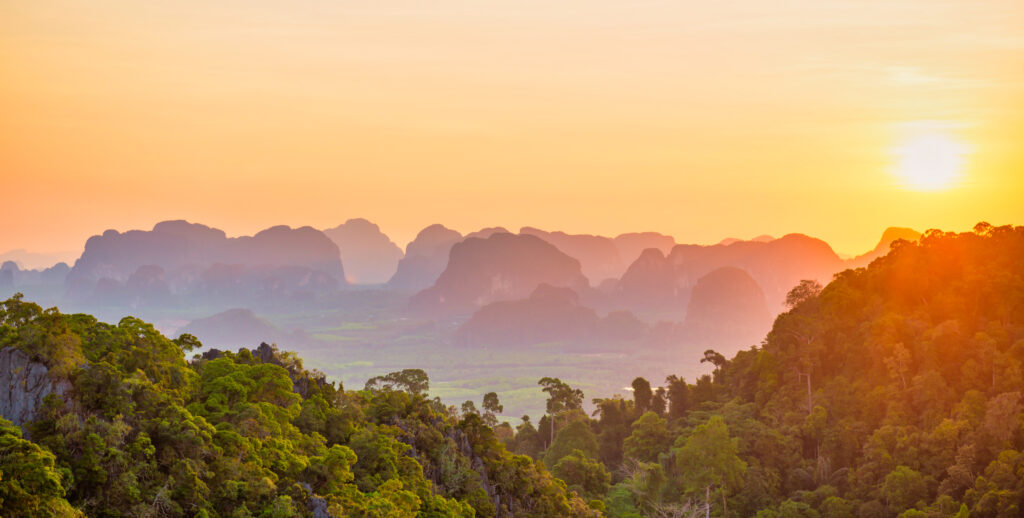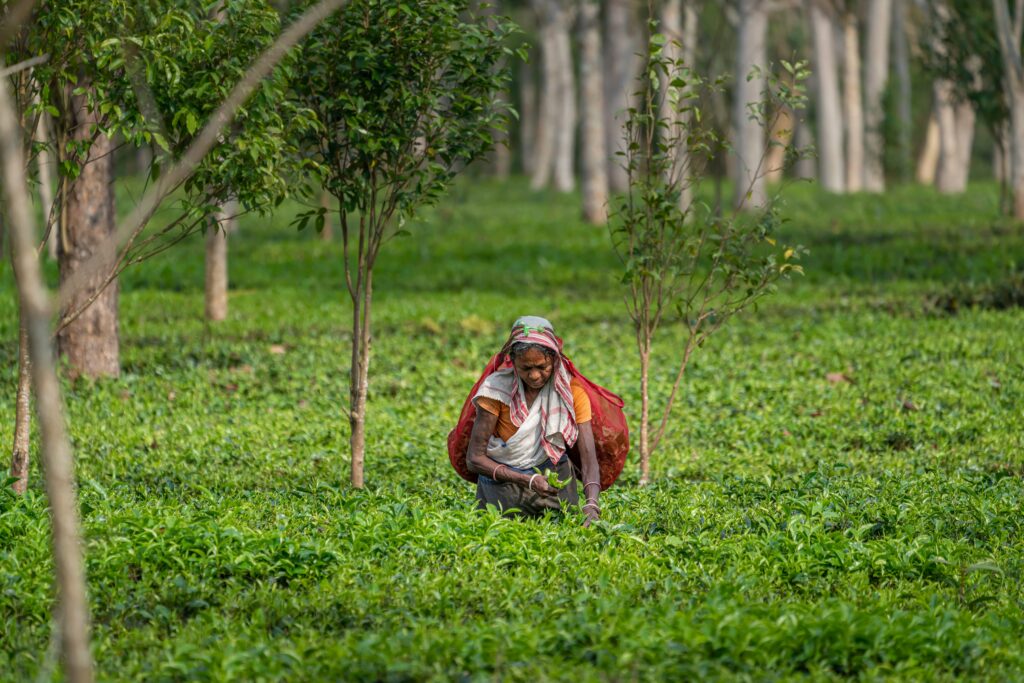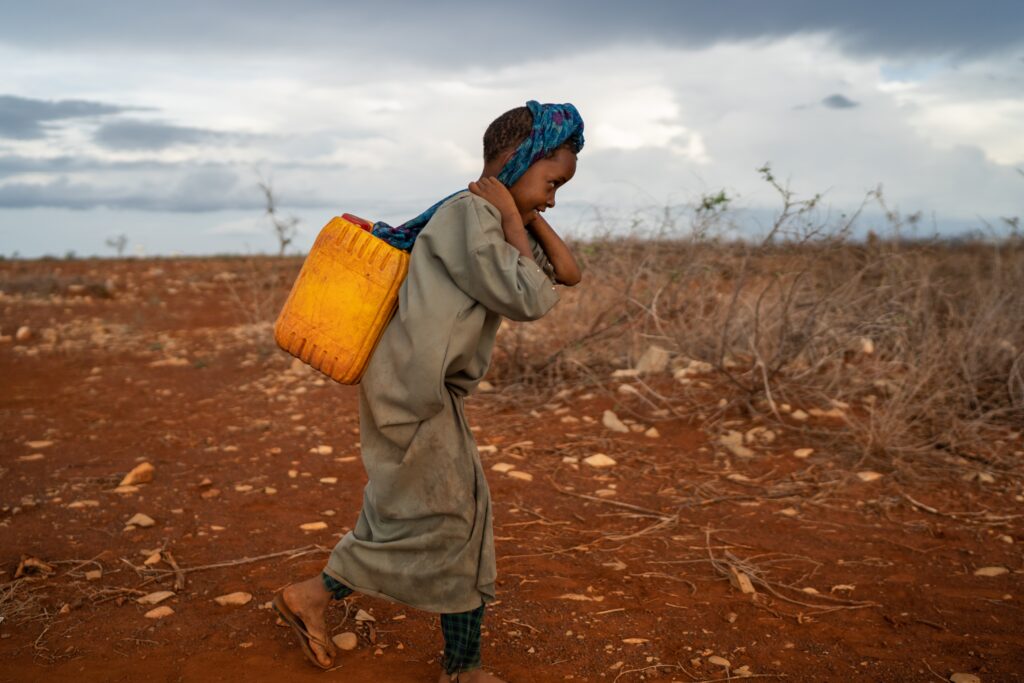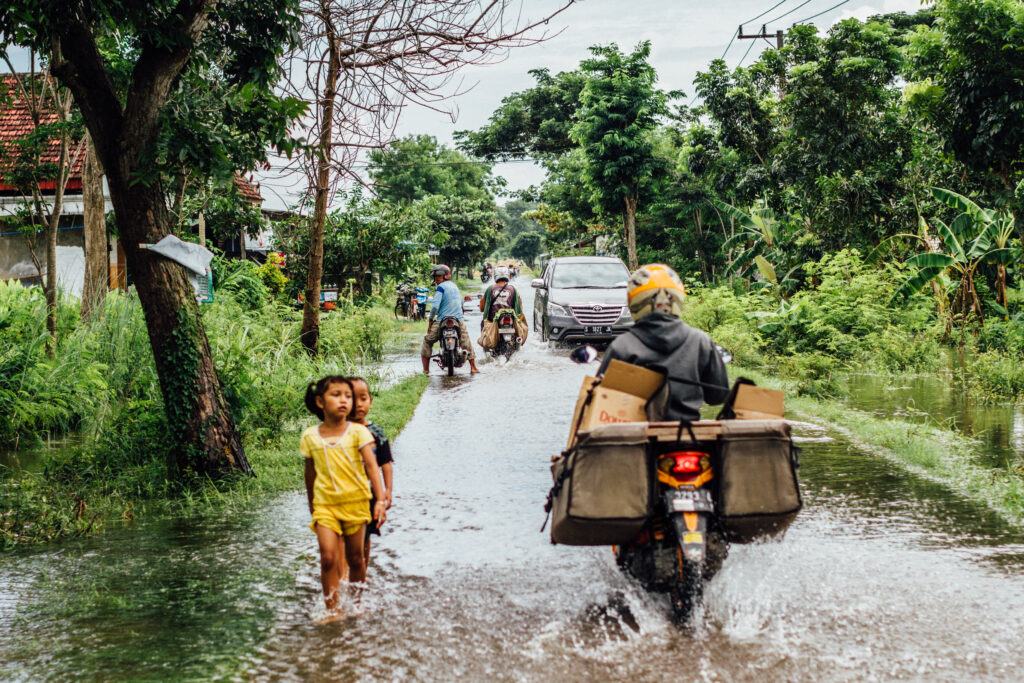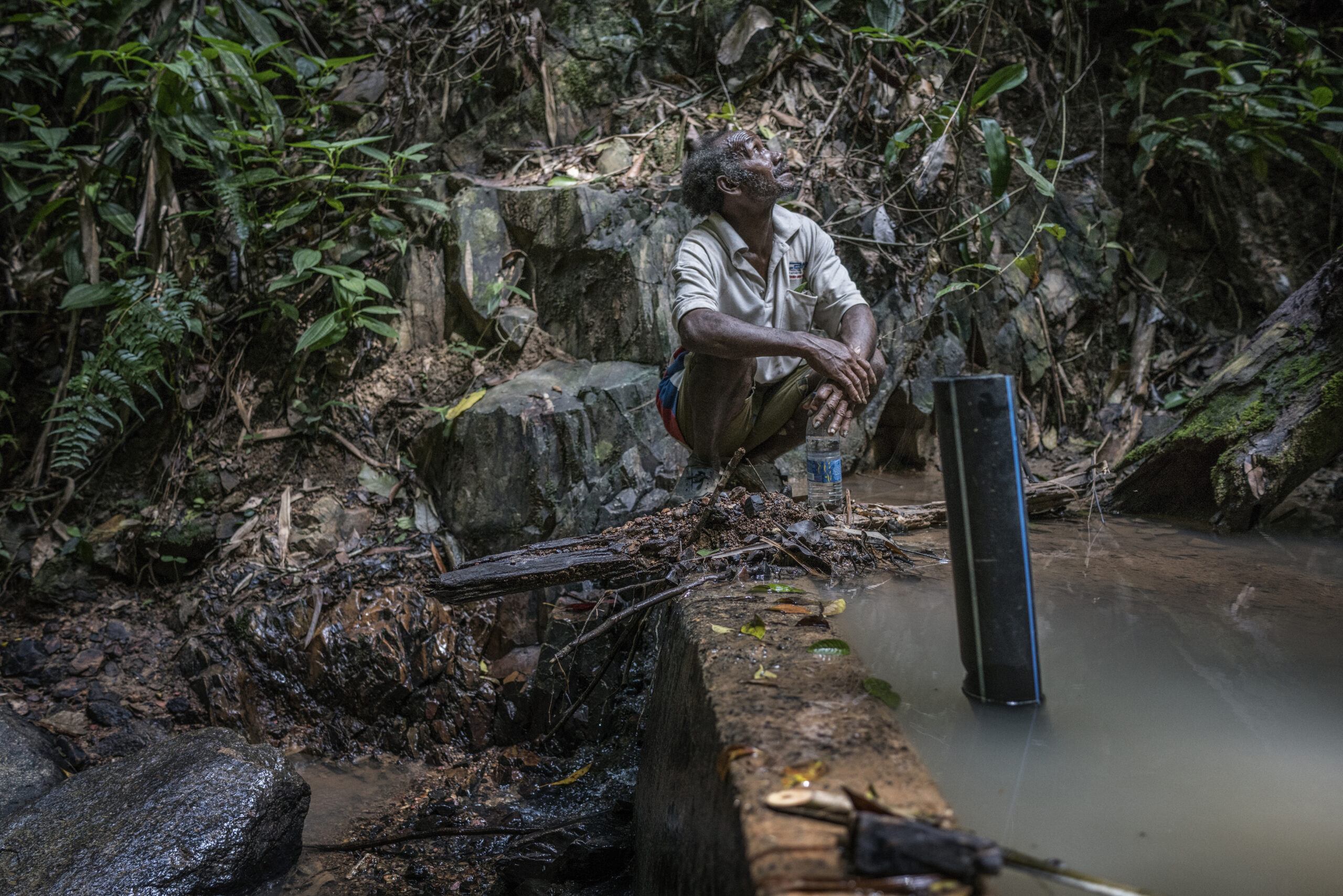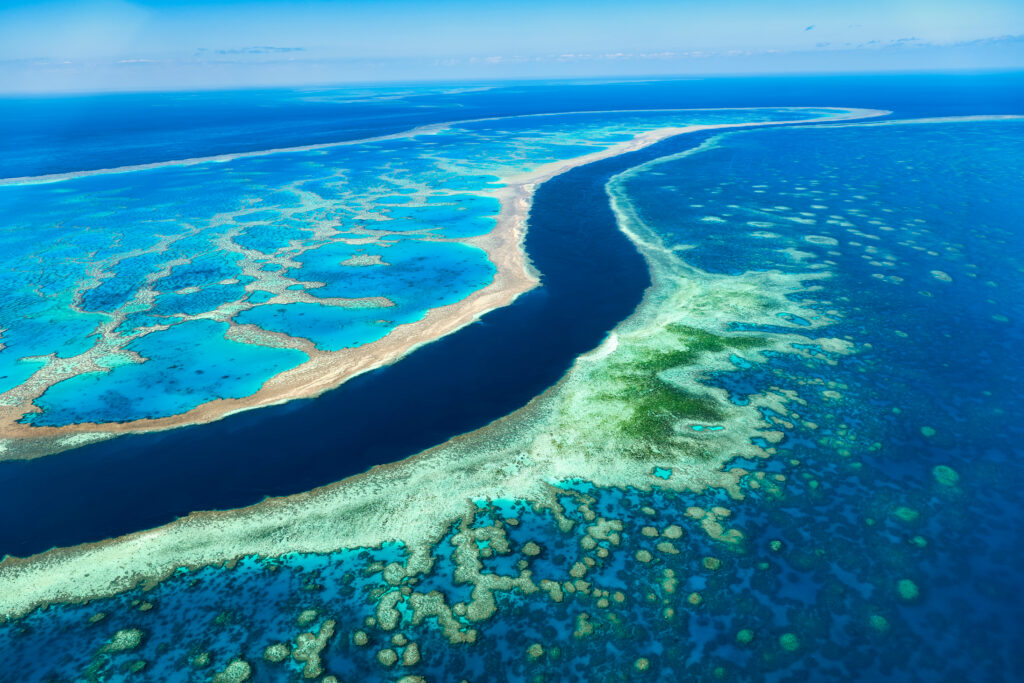Indonesia’s state electricity company, Perusahaan Listrik Negara, better known as PLN, is continuing on its problematic plan to expand coal in Indonesia, despite clear evidence that coal isn’t needed. At risk are communities in coal mining regions, facing air and water pollution, and those living alongside planned coal plants. Moreover, climate change is impacting communities across the archipelago as sea levels rise, and extreme weather events become more frequent.
“Last year, global temperatures broke historical records and breached the 1.5°C limit for the first time. This had devastating consequences for climate-vulnerable countries across Asia, including Indonesia, which experienced unprecedented heatwaves and intense typhoons,” said Norly Mercado, 350.org Asia regional director.
In response, Indonesians are filing complaints with some of the world’s largest banks — Australia’s ANZ and Japan’s SMBC, Mizuho and MUFG, for continuing to provide finance to the state electricity company, PLN, for funding coal expansion and ignoring human rights impacts. They’re calling on these banks to stop supporting coal, which is impacting both their health and living in places like Aceh, Banten and around the capital Jakarta.
“We were promised development, but what we got was sickness. This company has taken away our clean air, our land, and our health. We don’t want them here anymore,” said one community member in Aceh, who requested to not be identified because of security risks.
The Problem With PLN Indonesia Power
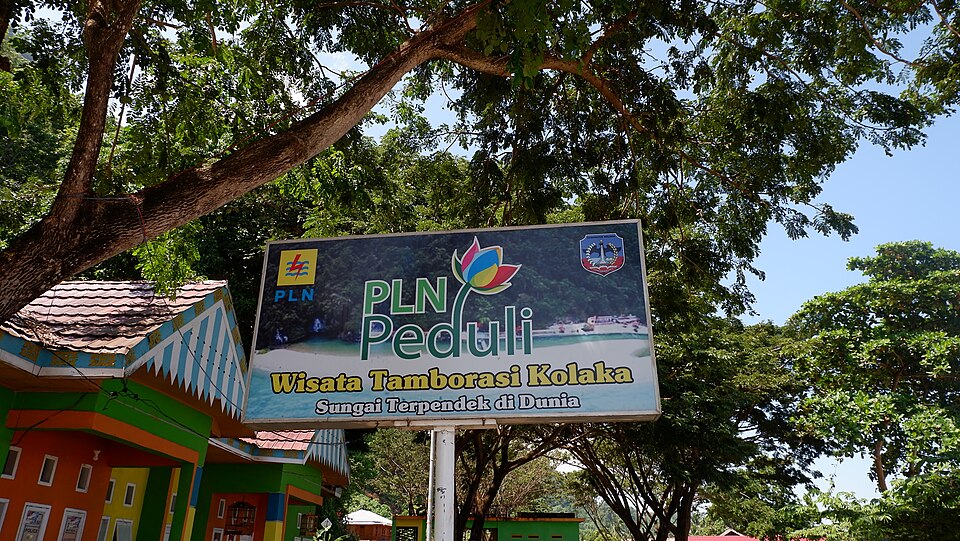
Indonesia is, depending on the year, the world’s largest or second-largest coal exporter. But as key markets, like Japan, India and China, shift to renewables, there is increasing uncertainty about those markets. Hence, a push to expand domestic consumption of coal, despite its clean climate risks.
“Instead of learning from the suffering already caused by coal, PLN’s latest RUPTL has shamefully backtracked on any and all commitments to clean energy — locking us into decades more of fossil fuel dependence and environmental destruction,” said Apekshita Varshney, climate finance campaigner at Ekō, a nonprofit.
Indonesia’s elite are closely connected to coal, and the government under Prabowo Subianto is pushing to expand domestic coal consumption. The new electricity supply plan, released in July, actually calls for a 40% increase in power generation from coal and fossil gas between now and 2034. That would not only lock in decades of dangerous greenhouse gas emissions, it would make meeting 2050 net-zero and Paris Agreement climate targets nearly impossible.
“PLN’s relentless coal expansion continues to poison the air, water and future of communities across Indonesia, putting lives and livelihoods at risk every single day,” said Varshney.
PLN’s Community Impacts
These communities are both facing the brunt of impacts from coal expansion — endangered public health and devastated local livelihoods — and also the impacts from climate change. Indonesia is seeing record rainfalls, increasing forest fires, landslide risk and coastal flooding, which are impacting communities across the archipelago.
“This is a roadmap for more illness, more injustice and more broken promises. No new financing should support this business-as-usual,” said Varshney.
In Nagan Raya in Aceh, where a new coal power plant has just been built, local community members are seeing an increase in acute respiratory illnesses and numerous other worrying impacts.
“Our suffering from the coal-fired power plant must stop. The air we breathe threatens our health. The water we use for farming and fishing is increasingly polluted,” said Syukur Rahmad, executive director at Apel Green Aceh, a local community group.
There is a clear and obvious solution – renewable alternatives like wind, solar and geothermal, that can power economic expansion while maintaining healthy, safe communities. The challenge? Indonesia isn’t yet receiving enough funding to expand clean energy alternatives. MUFG, SMBC, ANZ and Mizuho should divert investments away from coal and to renewables.
“Banks should immediately stop financing PLN until it recognises its responsibility, stops its coal expansion and offers remediation to the affected communities,” said Camilla Perotti, Banks and Coal Campaigner at BankTrack. “Indonesia’s energy development cannot happen at the expense of its citizens’ health and lives, and no concrete coal phase-out plan can still allow the development of new coal power.”
Energy Transition Alternatives for Perusahaan Listrik Negara
The recent ruling by the International Court of Justice stated that countries are legally obligated to curb emissions and bear legal responsibility if they fail to do so. Indonesia, Australia and Japan are all members and thus, subject to this ruling.
There are alternatives to coal. In fact, Indonesia, as a large archipelago nation, has significant renewables. Study after study has shown that there’s huge potential for solar – over 2,000 GW, wind and geothermal. What is missing is adequate policy and investments into the grid, to transport energy from renewable-rich areas to denser population centres like Java.
“Indonesia should not abandon global efforts to save us from climate chaos,” said Mercado.
For local communities in places like Aceh, facing the double-burden of new coal and climate impacts, the urgency to shift couldn’t be more pressing.
“We will not remain silent. This is the voice of Nagan Raya residents rejecting the PLTU [power plant] that poisons our air and our future,” said Syukur.
Nithin Coca
Journalist, Japan
Nithin Coca covers climate, environment, and supply chains across Asia. He has been awarded fellowships from the Solutions Journalism Network, the Pulitzer Center, and the International Center for Journalists. His features have appeared in outlets like the Washington Post, Financial Times, Foreign Policy, The Diplomat, Foreign Affairs and more.
Nithin Coca covers climate, environment, and supply chains across Asia. He has been awarded fellowships from the Solutions Journalism Network, the Pulitzer Center, and the International Center for Journalists. His features have appeared in outlets like the Washington Post, Financial Times, Foreign Policy, The Diplomat, Foreign Affairs and more.


